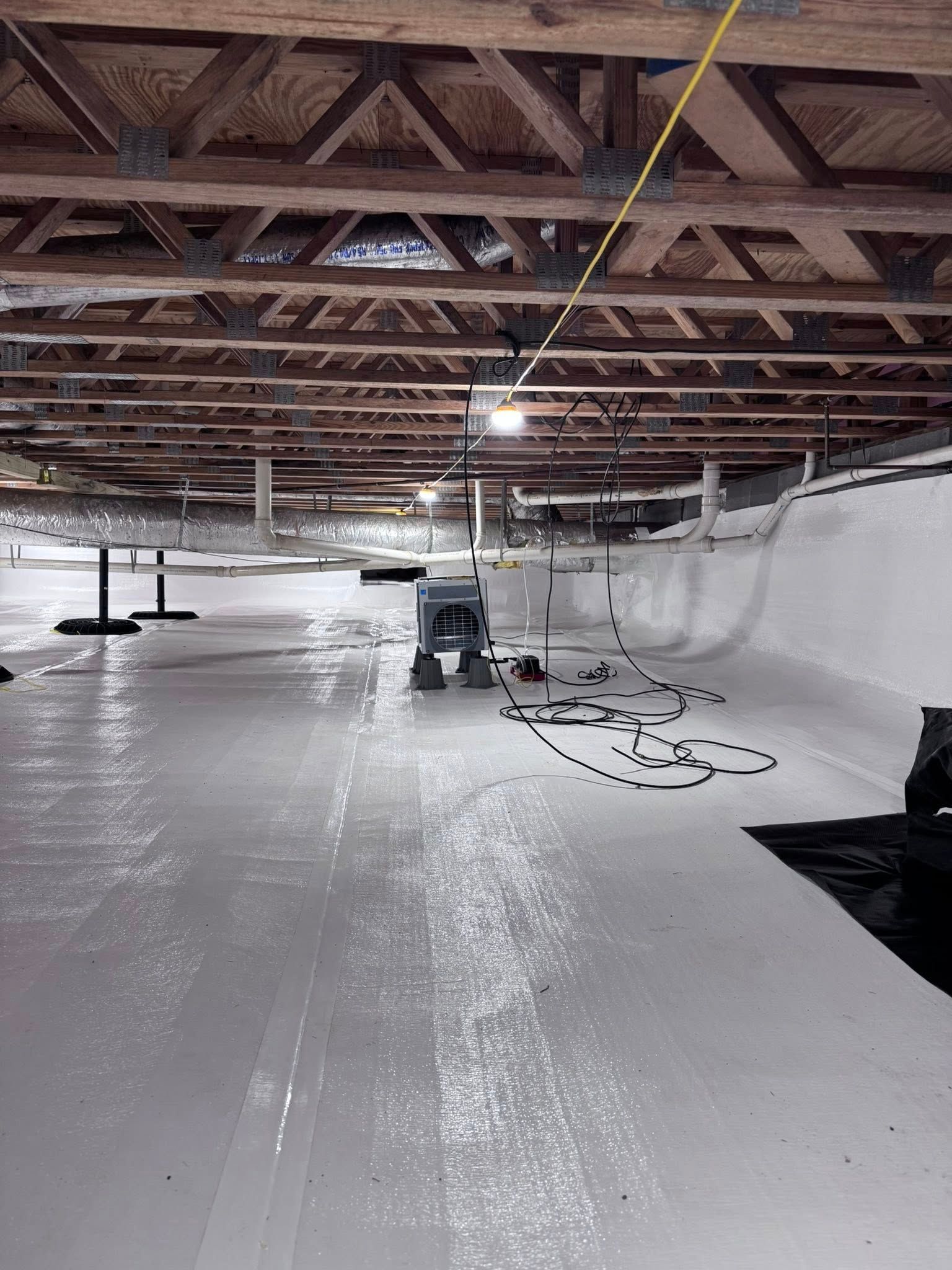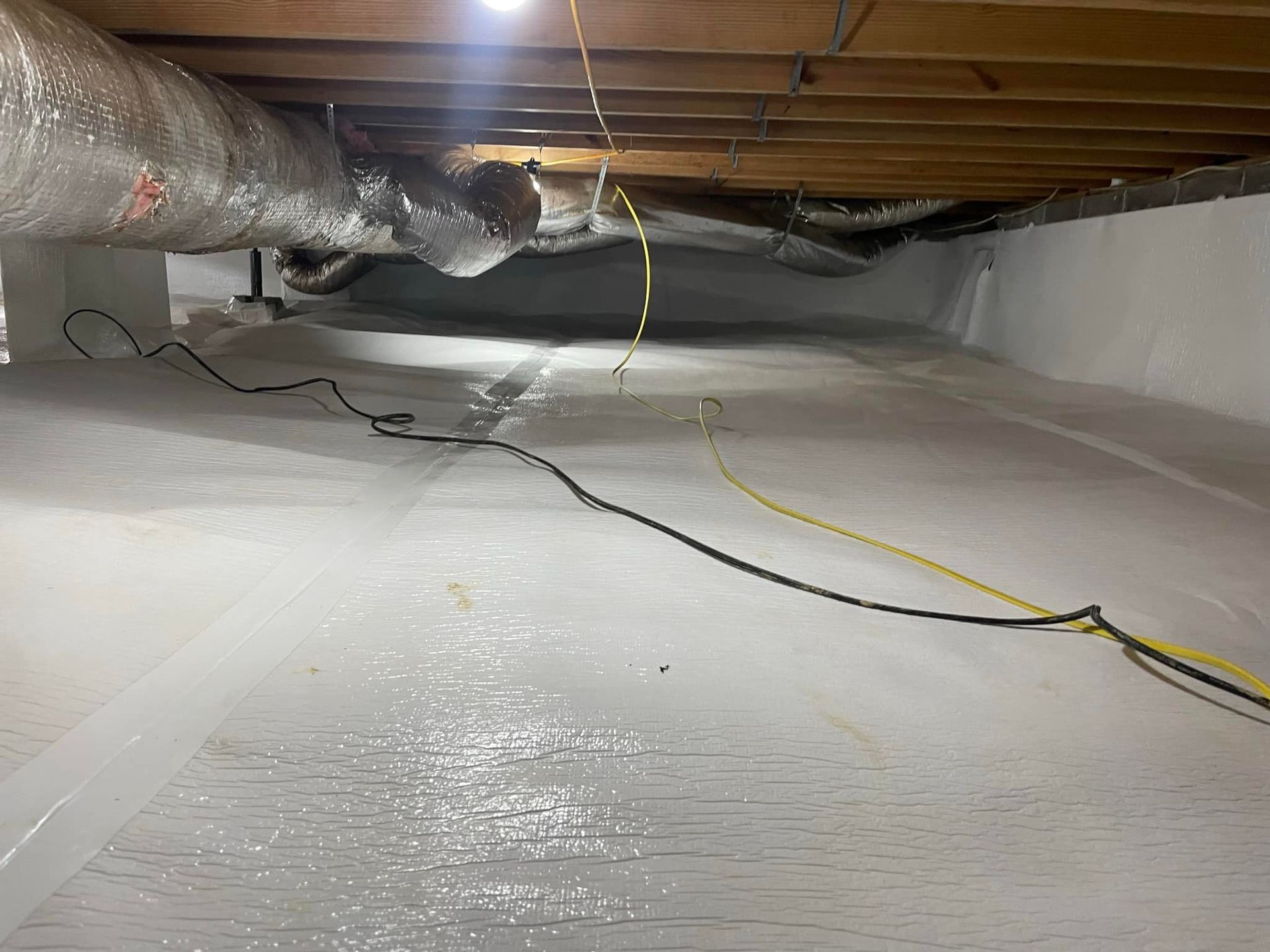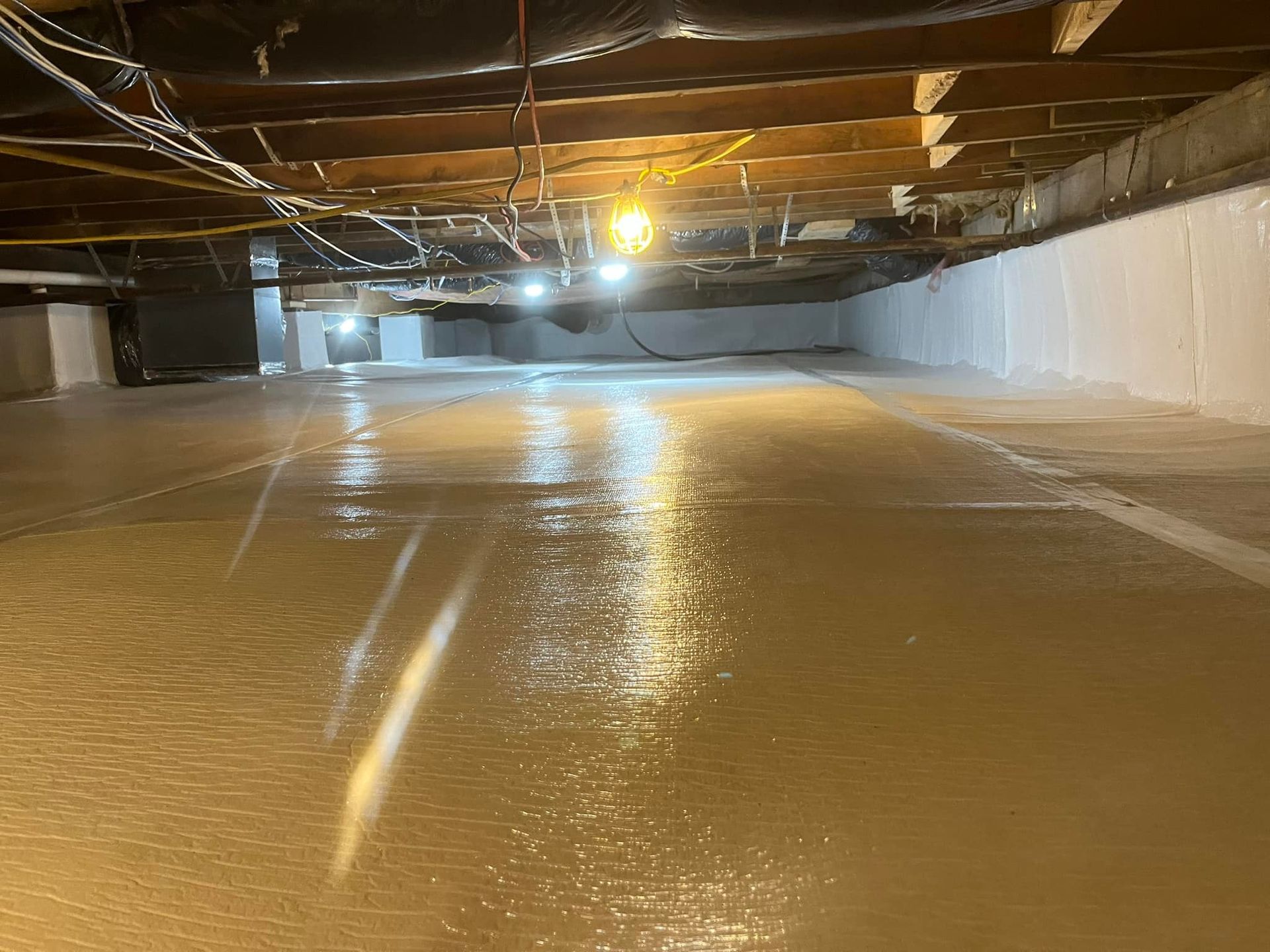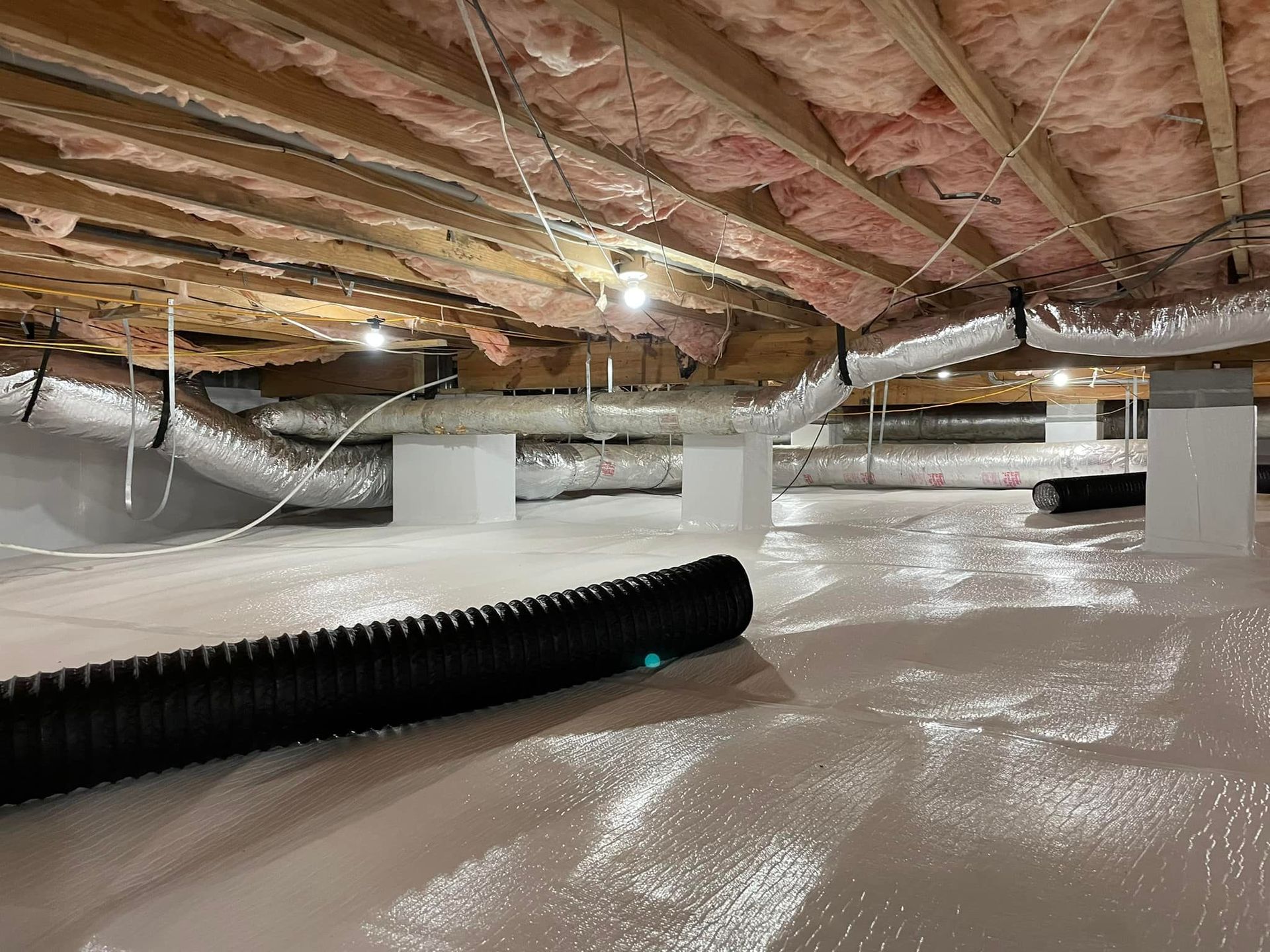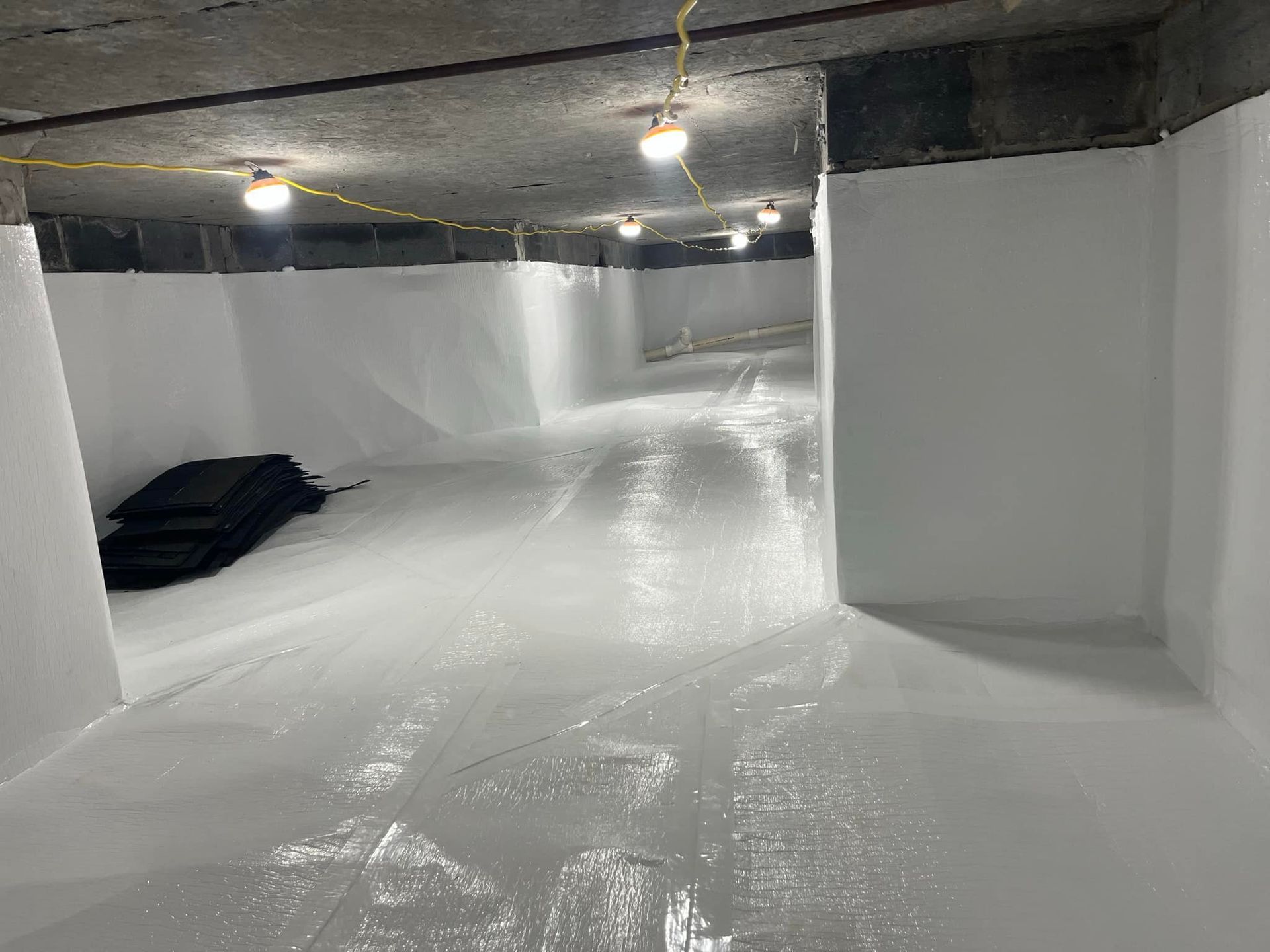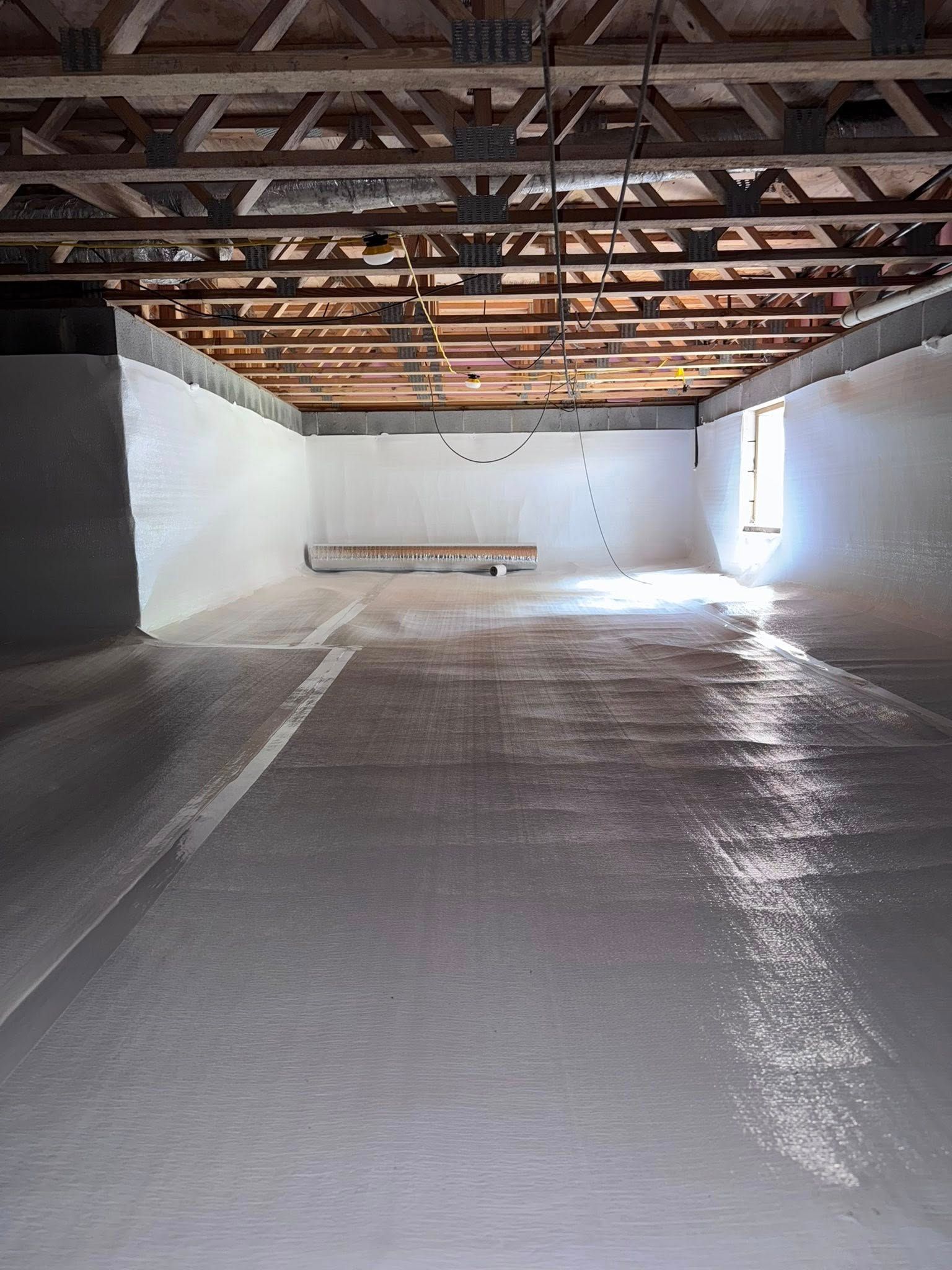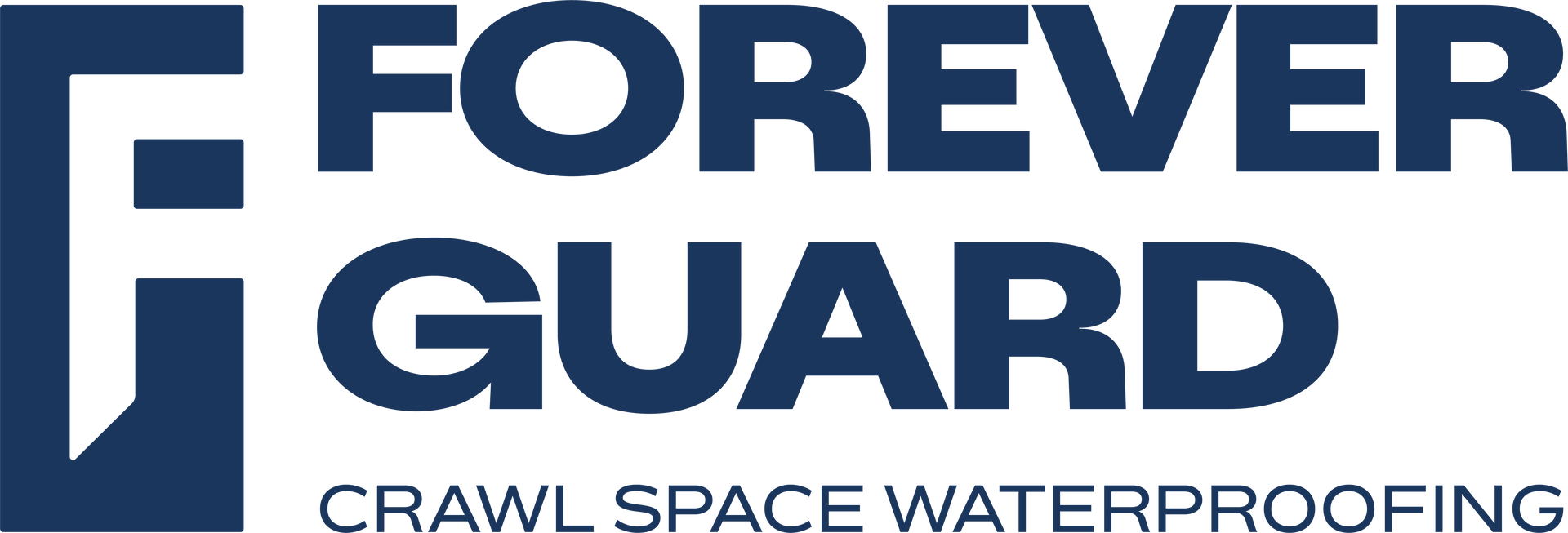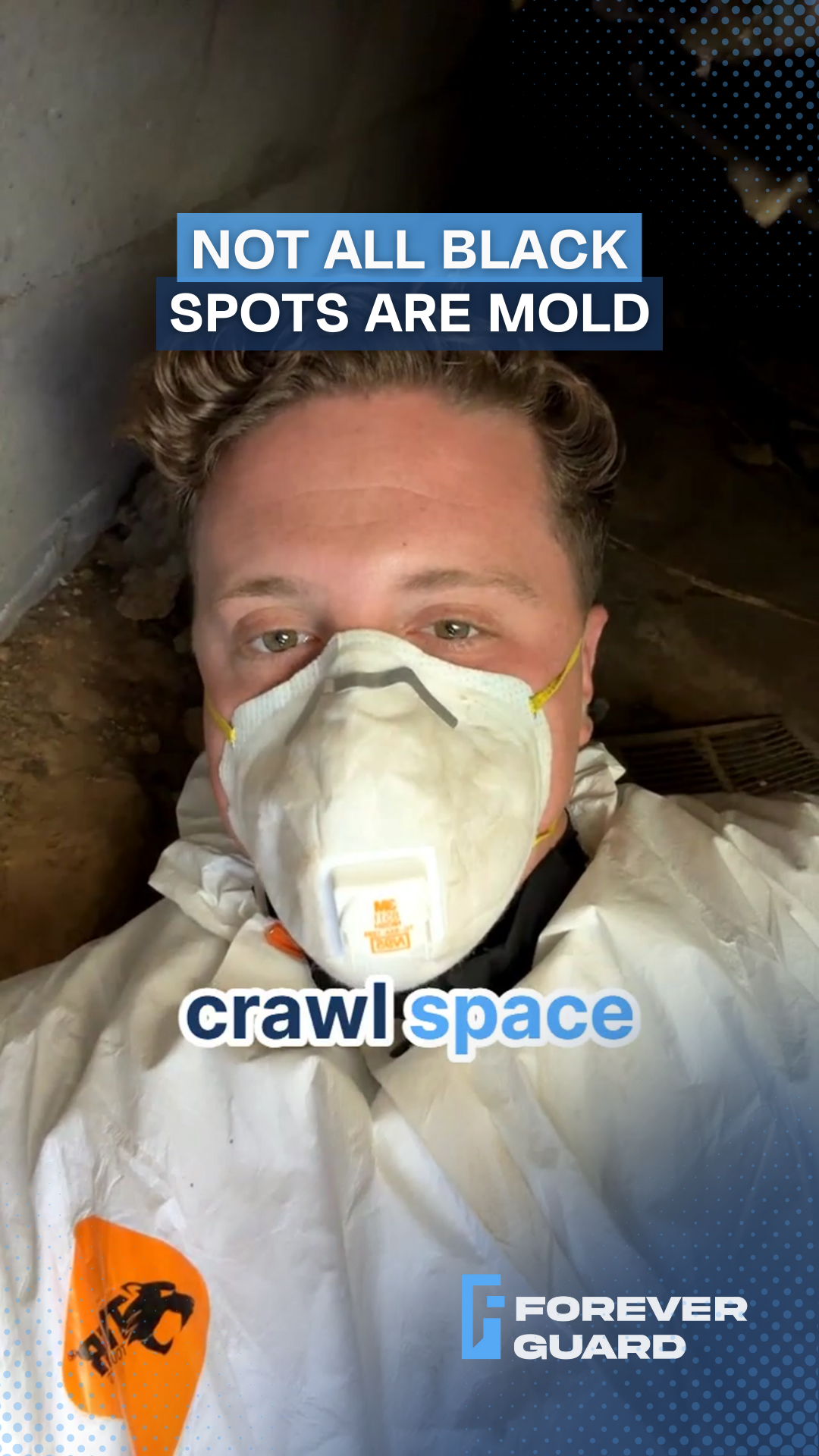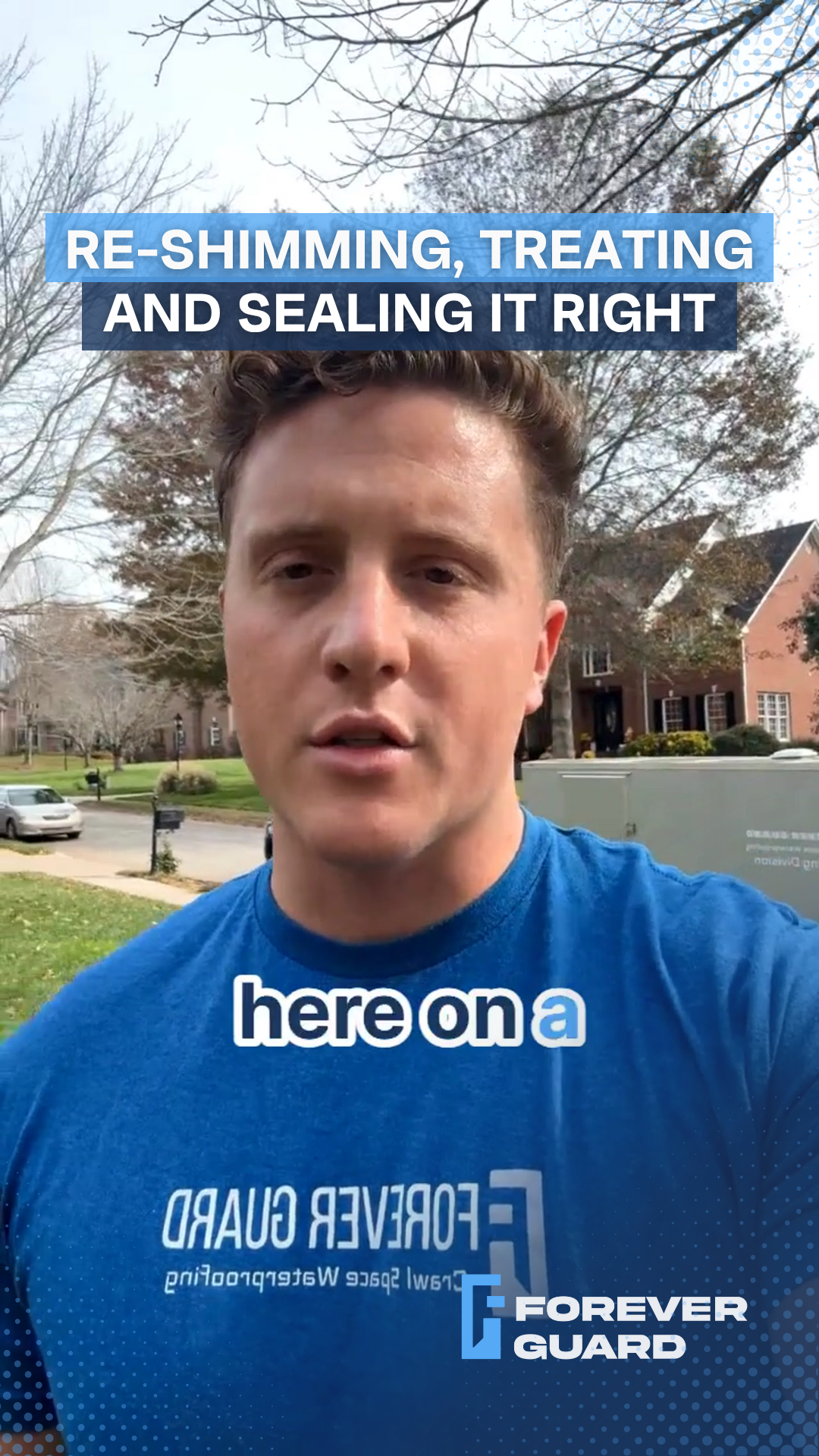Failed Home Inspection: Why Full Encapsulation Beats Quick Fixes
When Your Crawl Space Fails Inspection, You Have Two Choices
A Farragut homeowner shows why doing it right the first time protects everyone involved
You've accepted an offer on your house. Everything's moving forward.
Then your phone rings - the home inspection revealed problems with your crawl space, and the buyer wants them fixed before closing.
Now you're facing a decision that affects your timeline, your wallet, and potentially the entire sale.
Do you patch things up just enough to pass, or do you actually solve the problem?
I just finished an inspection in Farragut where a homeowner faced exactly this situation.
Their crawl space failed inspection due to fallen insulation, fungal growth, and evidence of critters.
The buyer requested repairs before moving forward with the purchase.
What We Found in This Farragut Crawl Space
When I got under this house, the problems were obvious. Years of moisture buildup had created a cascade of issues:
Insulation was hanging from the floor joists throughout the entire space. When fiberglass insulation absorbs moisture, it gets heavy and starts pulling away from where it's supposed to be. Once it falls, you've got exposed wood that stays damp.
That moisture led to fungal growth spreading across the subfloor. This isn't just cosmetic - it's a structural concern that home inspectors flag immediately.
And because the crawl space was already compromised, critters had found their way in. Animal droppings were scattered throughout, meaning we had entry points to seal and contamination to address.
These aren't small issues you can ignore. They're the kind of problems that make buyers nervous and kill deals.
The Minimum Fix vs. The Right Fix
When a crawl space fails inspection, most sellers ask the same question: what's the least I can do to pass?
The bare minimum usually looks like this: pull out the old insulation, throw down a new vapor barrier, treat the subfloor for fungal growth, and replace the insulation. It checks the boxes on the inspection report, and you move on.
But here's what this Farragut homeowner understood - the minimum fix doesn't actually solve anything. It just resets the clock on the same problems.
Instead, they chose full encapsulation. We're installing R10 foam board on the foundation walls, sealing everything with a proper vapor barrier, and adding a dehumidifier to control humidity levels. We're also finding every critter entry point and doing exclusion work to keep them out permanently.
Why Full Encapsulation Actually Saves Money
I know what you're thinking - full encapsulation costs more upfront. That's true. But here's what most people miss.
When you do the minimum fix, you're gambling that those same moisture problems won't come back before closing. And even if they don't, the new homeowners are inheriting a crawl space that's one heavy rain away from the same issues.
Full encapsulation controls the source of the problem: moisture. The dehumidifier regulates humidity so insulation doesn't get saturated and fall. The foam board and sealed vapor barrier prevent moisture from entering in the first place. And our warranty means if something does go wrong, we handle it.
For this seller, it means the deal moves forward without worry. For the buyers, it means they're getting a home that's actually protected - not just patched up enough to pass inspection..
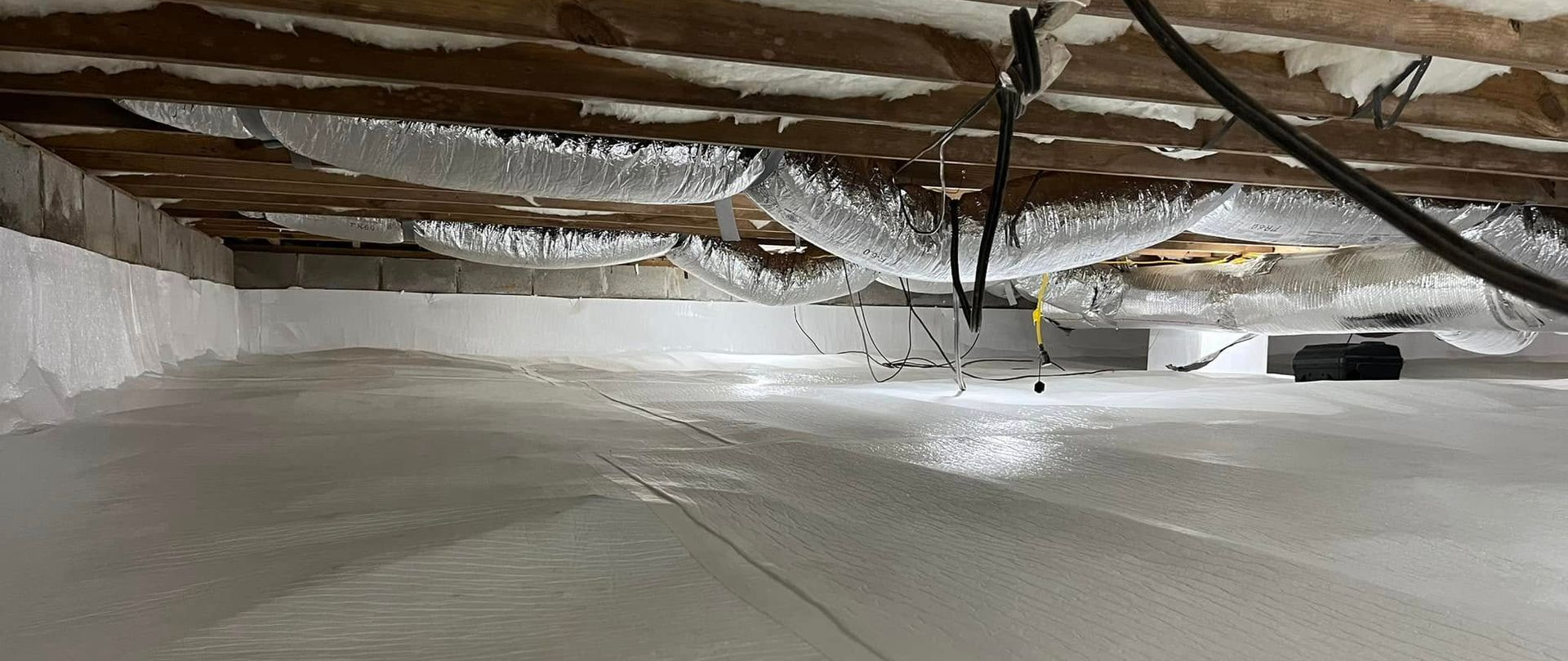
What Buyers Really Want to See
After thousands of inspections, I can tell you what makes buyers feel confident about a crawl space purchase.
They want to see a space that's clean and dry - not just "good enough." They want professional installation with proper materials, not quick fixes that might fail in a year. They want warranty protection that transfers to them as the new owners.
Most importantly, they don't want to worry about it. When buyers see a properly encapsulated crawl space with monitoring and warranty coverage, they know they're not inheriting someone else's problem. That peace of mind is worth a lot when you're making the biggest purchase of your life.
Making the Right Choice for Your Sale
Look, I get it. When you're trying to sell your house, every unexpected expense feels like a hit. You're already thinking about closing costs, moving expenses, and everything else that comes with a sale.
But here's the reality - when your crawl space fails inspection, you're going to spend money one way or another. The question is whether you're spending it on a solution or just a delay.
Before you decide, ask yourself: what happens if the quick fix doesn't hold until closing? What if the buyers get cold feet because they can see you did the bare minimum? What if the next inspection reveals the same problems?
Full encapsulation isn't just about passing inspection. It's about protecting your sale, your timeline, and your reputation as a seller who does things right.
Get It Done Right the First Time
If your home inspection revealed crawl space issues, don't panic. And don't assume you have to do the most expensive option just because I said encapsulation works better.
Every situation is different. Sometimes the minimum fix really is enough. Other times, it makes sense to invest in the long-term solution.
What matters is getting honest guidance from someone who's seen hundreds of these situations and knows what actually works.
Give us a call. We'll assess your specific situation, explain your options clearly, and give you straightforward pricing for both approaches. No pressure, no games - just the information you need to make the right choice for your sale.
